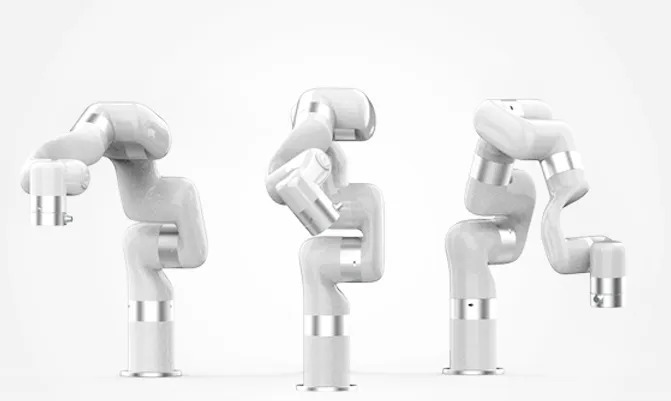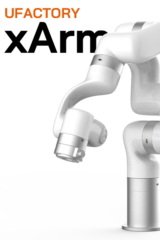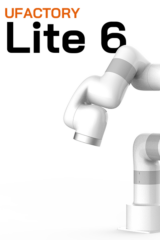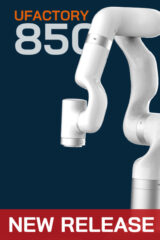
How are you utilizing your UFACTORY xArm?
I research malaria parasites genetics, which we hope will ultimately lead to the development of better treatments for this disease. To do this, we need to manipulate large numbers of plates containing genetically modified parasites, and we have been using the UFACTORY xArm as part of this automation process.
Why UFACTORY xArm over the competition?
I purchased an UFACTORY xArm because a 6-axis robot arm provides a lot of flexibility to be able to perform transfers of various different kinds of labware to a range of different positions and orientations. For example it can reach inside a liquid handling robot to deposit a plate.
Do you prefer the UFACTORY xArm over specialized tools such as Scara?
I think that the 6/7-axis nature of the UFACTORY xArm makes some motions possible that would not be with a SCARA arm, which can be useful for particular biological applications.
Let’s run through cons and potential improvements that can be made.
The UFACTORY xArm can have jerky movements when moving at the maximum limits of the range. I think this may be a physical limitation, but it can be an issue where precise positioning is required at extended reach. However workflows can be adapted to avoid this issue.
The network connection could also be easier to set up, requiring subnet adjustments and other additional processes, but again these are easily resolved.
Are there any future features or functions you would like to see?
I am finding my UFACTORY xArm very useful, but I do think some refinements could make it even more suited to biological applications:
● In some use cases the gripper is too bulky and can get in the way: an alternative precision gripper with reduced size would be useful.
● In addition, when I originally received my UFACTORY xArm I had to fabricate a mount for myself before I could get started with it. A unified pedestal mount or other solution might also be a useful option.
Other than that, no.
Last thoughts?
I like that the UFACTORY xArm offers versatility rather than it focusing on a specific application. I use the UFACTORY xArm to fill in where specialised tools don’t exist or are not accessible. The versatility and practicality are ideal for such ad-hoc solutions.


